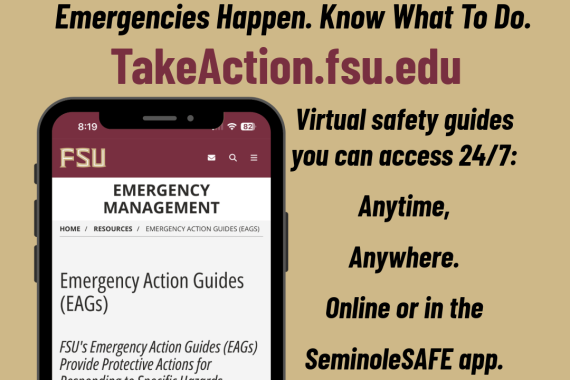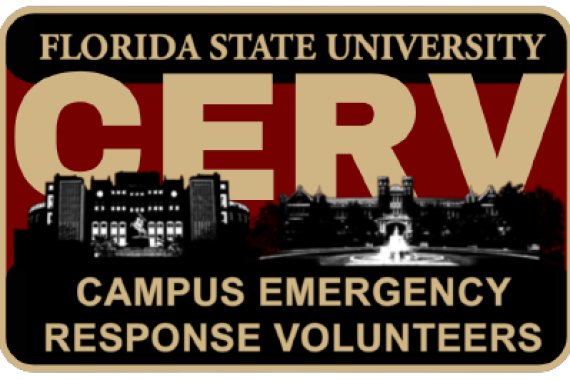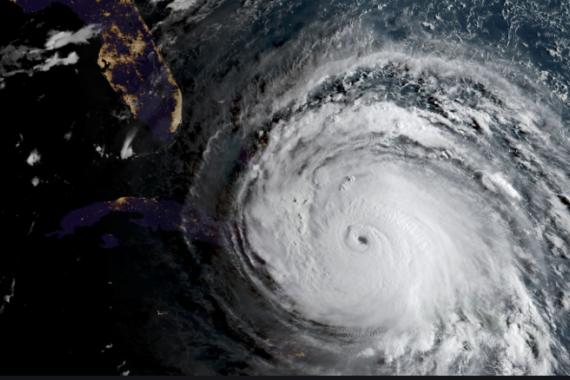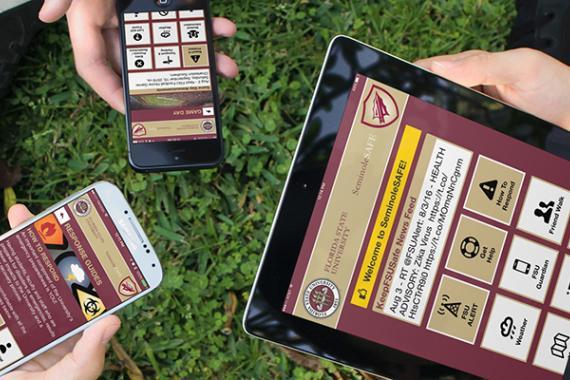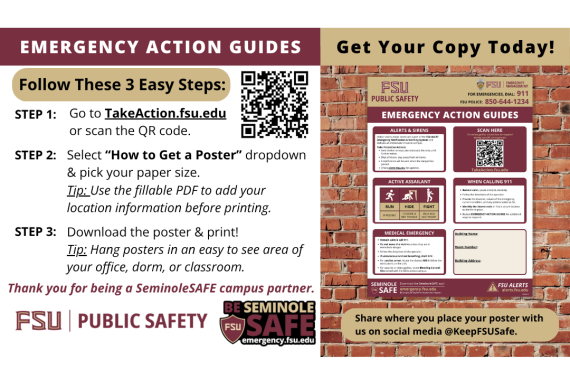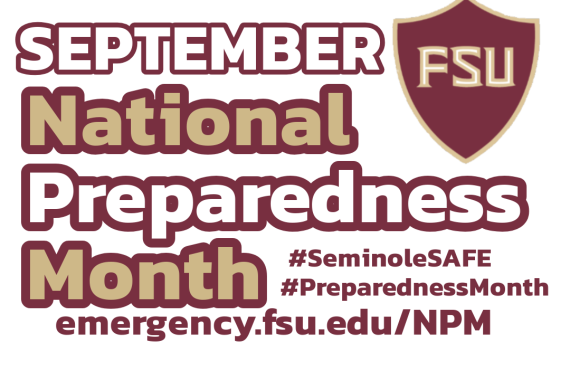Basic Information
Chemical spills are the uncontrolled release of a hazardous chemical, either as a solid, liquid or a gas.
These spills need to be minimized as much as possible. If a chemical spill should occur, a quick response with a stocked chemical spill kit will help minimize potential harm to personnel, equipment and laboratory space.
Another thing to take into account is the safety of the individual handling the chemicals and how to react if something would occur.
First Aid
Eye Contact:
If a chemical has been splashed into the eyes, immediately wash the eye and inner surface of the eyelid with copious amounts of water for 15 minutes. Check for and remove any contact lenses at once. Seek medical attention immediately.
Ingestion:
Consult SDS. A chemical first aid manual or call the Florida Poison Information Center: 1-800-222-1222.
Follow directions and seek medical attention immediately.
Minor Skin Contact:
Promptly flush the affected area with water and remove any contaminated clothing. If symptoms persist after washing, seek medical attention.
Major Skin Contact:
If chemicals have been spilled over a large area of the body, quickly remove all contaminated clothing while using the shower. Repeat if pain returns. Wash off chemicals by using a mild detergent or soap and water, do not neutralize chemicals or apply salves. Seek medical attention immediately.
Fire:
If clothing is on fire, help the individual to the floor and roll him around to smother the flames. If a safety shower is immediately available, douse the person with water; running to a remote shower will only fan the flame.
Fire blankets are primarily used as a first aid measure for prevention of shock rather than against smoldering or burning clothing. A fire blanket may direct flames toward the face.
Note: Remember that for some chemicals, such as hydrofluoric acid, effects resulting from exposure may not become apparent until hours or days later. Consult the SDS for any chemical to which someone has been exposed, even if no immediate injury is apparent.
Managing a Spill
1. Alert all persons nearby.
2. If you understand the properties of the chemical and know how to safely clean it up and the amount spilled is small, proceed with cleaning.
3. Wear eye protection, gloves, lab coat and other PPE, if needed. Prevent spread of dusts and vapors.
4. Close laboratory door to increase exhaust through fume hood.
5. Neutralize acids and bases if you have an acid/base spill kit. Avoid contact or splashing during neutralization.
6. Control the spread of liquid; make a dike around outside edges of the spill.
7. Absorb the liquid - Add absorbents like vermiculite or cat litter to the spill, working from the edges toward the middle. Special absorbents are required for hydrofluoric and sulfuric acids.
8. Gently sweep solid chemicals (do not make airborne).
9. Decontaminate the area and equipment with a safe, compatible solution.
10. Collect and clean up residues. Materials should be placed in a hazardous waste container provided by EH&S or in a compatible container to be transferred to a hazardous waste bucket when available.
11. Label all waste containers for chemical content.
12. Properly package and label as hazardous waste.
13. Wash hands after cleanup.
14. Report spill to supervisor and EH&S of highly toxic or hazardous chemicals
Contact EH&S at 644-0971 or 644-7682 for waste disposal or go to the online hazardous waste disposal form (FSUID required).
Chemical Spill Prevention Practices
General laboratory practices:
- Eliminate clutter; keep bench top clear
- Remove trip hazards
- Have all materials ready for process
- Take care when walking through doorways with open chemicals, hot or cold materials
Proper Storage and Transfer
Proper Storage:
- Sturdy shelves with a lip
- Compatible chemicals stored together
- Large containers stored close to the floor
- No storage on the floor
- Minimal storage on the lab bench
- Periodic inspection of storage area
Chemical Transport:
- Use sturdy laboratory carts
- Use safety containers and secondary containment
- Use of rubberized buckets
- Use of straps to secure containers
- Chemicals may be moved only by properly trained lab workers
- Use of freight elevators
Transfer between Containers:
- Pay attention to container size...don't overfill
- Provide spill containment or absorbent paper
- Bond and ground containers where flammable liquids are involved
- Use of compatible container materials (all secondary containers must be labeled)


